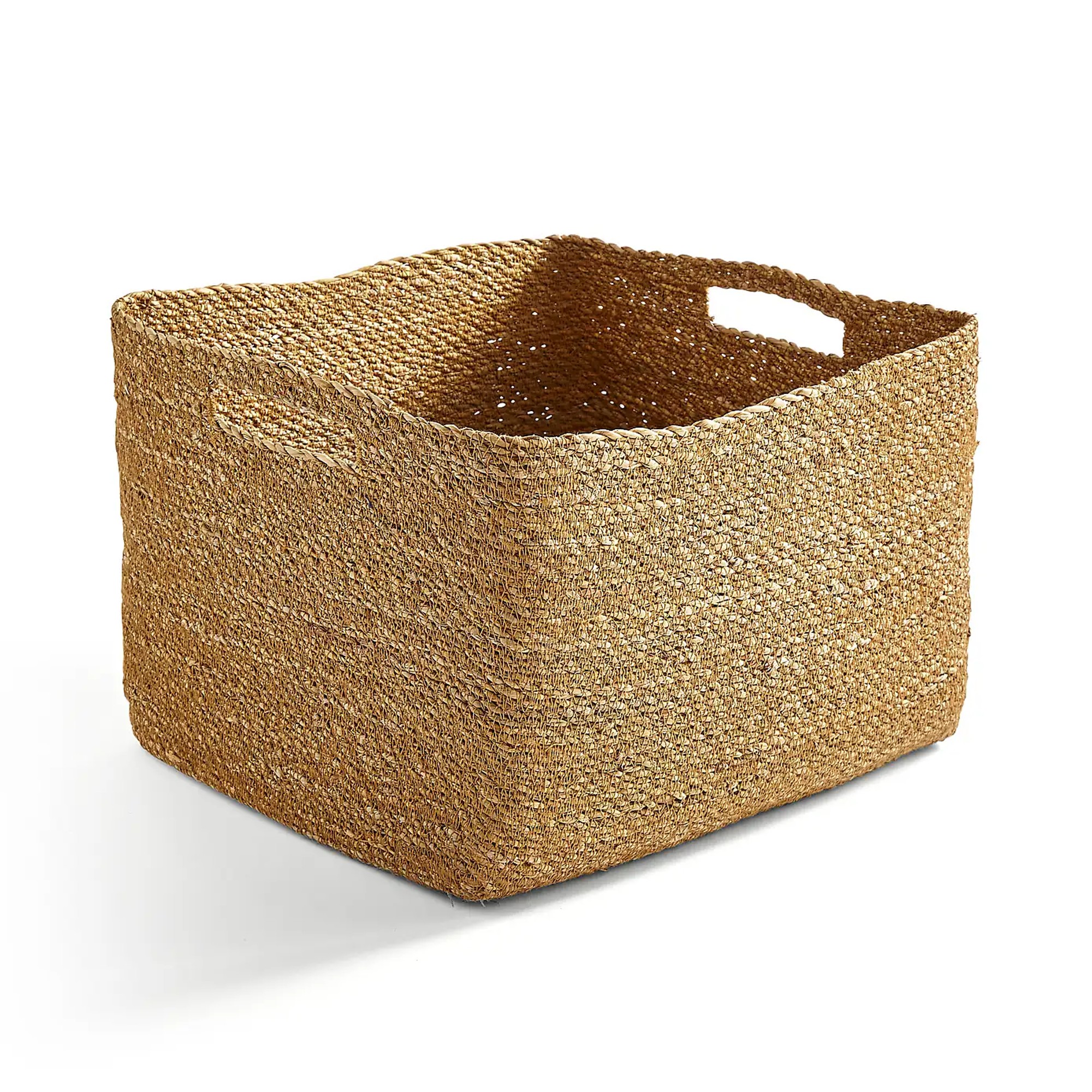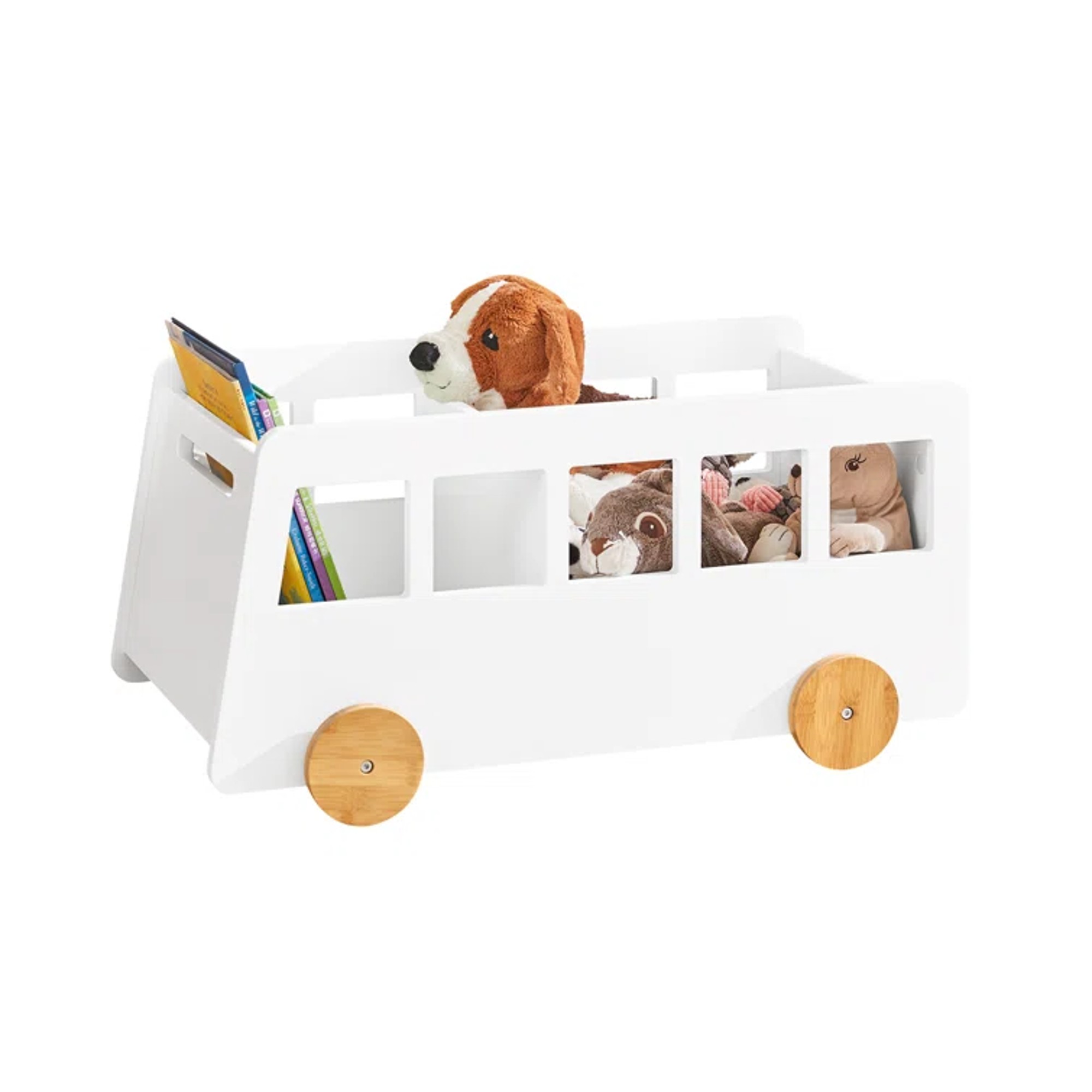Playroom storage ideas – 8 ways to prevent your children's fun zone from becoming cluttered and chaotic
How to keep your kids’ playroom as organised and uncluttered as possible
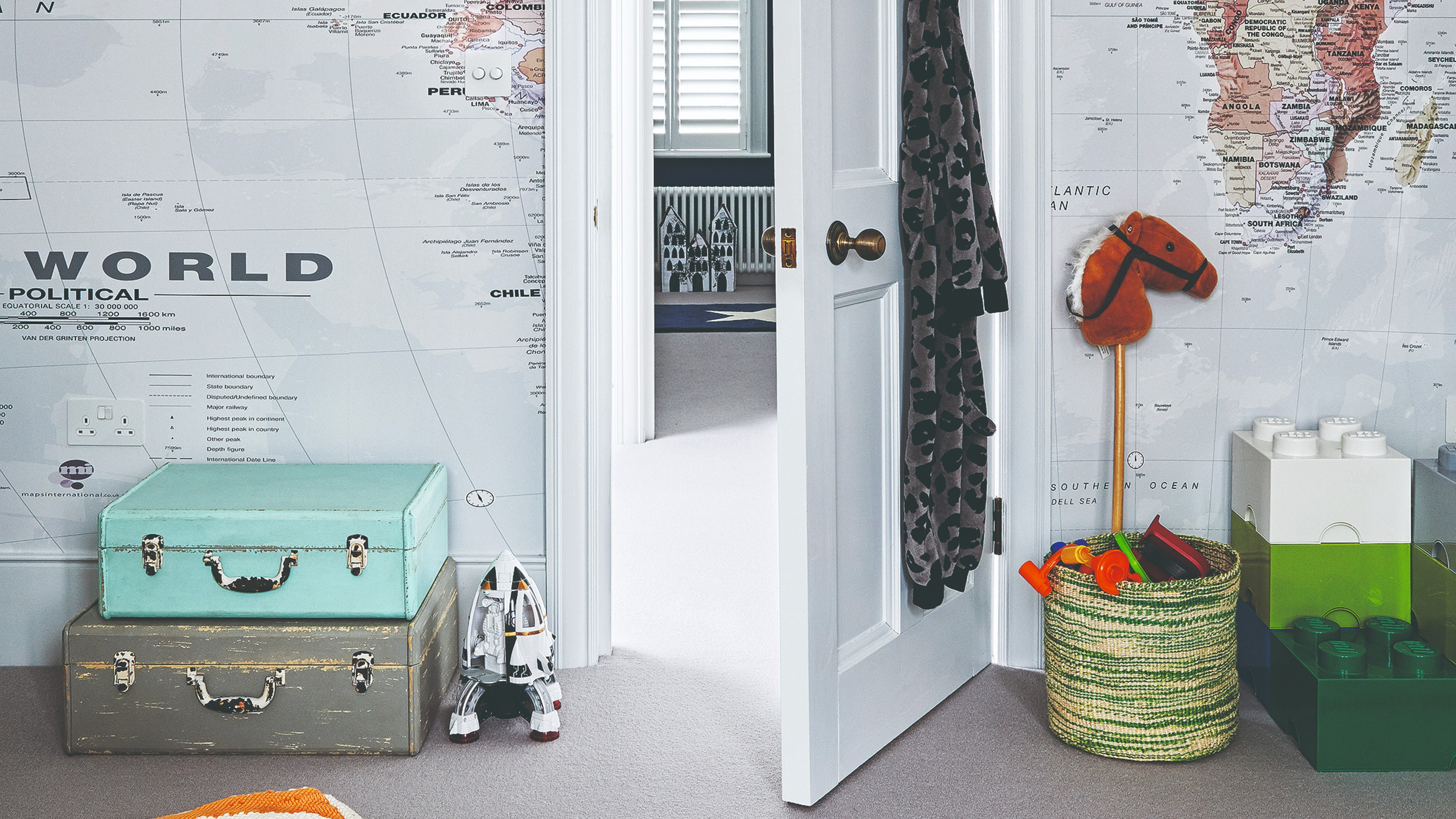

Children’s toys have a tendency of making their way into every corner of every room in the house. And even if you succeed in containing your kids’ playthings in their playroom, then the challenge is keeping that space looking somewhat tidy and organised - which is where our playroom storage ideas come in.
Of course, the playroom is your child’s space and a place where they can have fun and go a bit wild. But without putting some clever playroom ideas for storing their toys in place, this fun area can soon become chaotic, cluttered and messy to the point that it might not even be enjoyable for them to be in.
‘Playrooms need to be both functional and fun,’ says Siân Pelleschi, professional declutterer and organiser, owner of Sorted! and APDO (Association of Professional Declutterers and Organisers) president. ‘When children are having fun they’re at their happiest and in order to stop a playroom from being too chaotic and difficult to manage, it’s important it’s organised well in the first instance.’
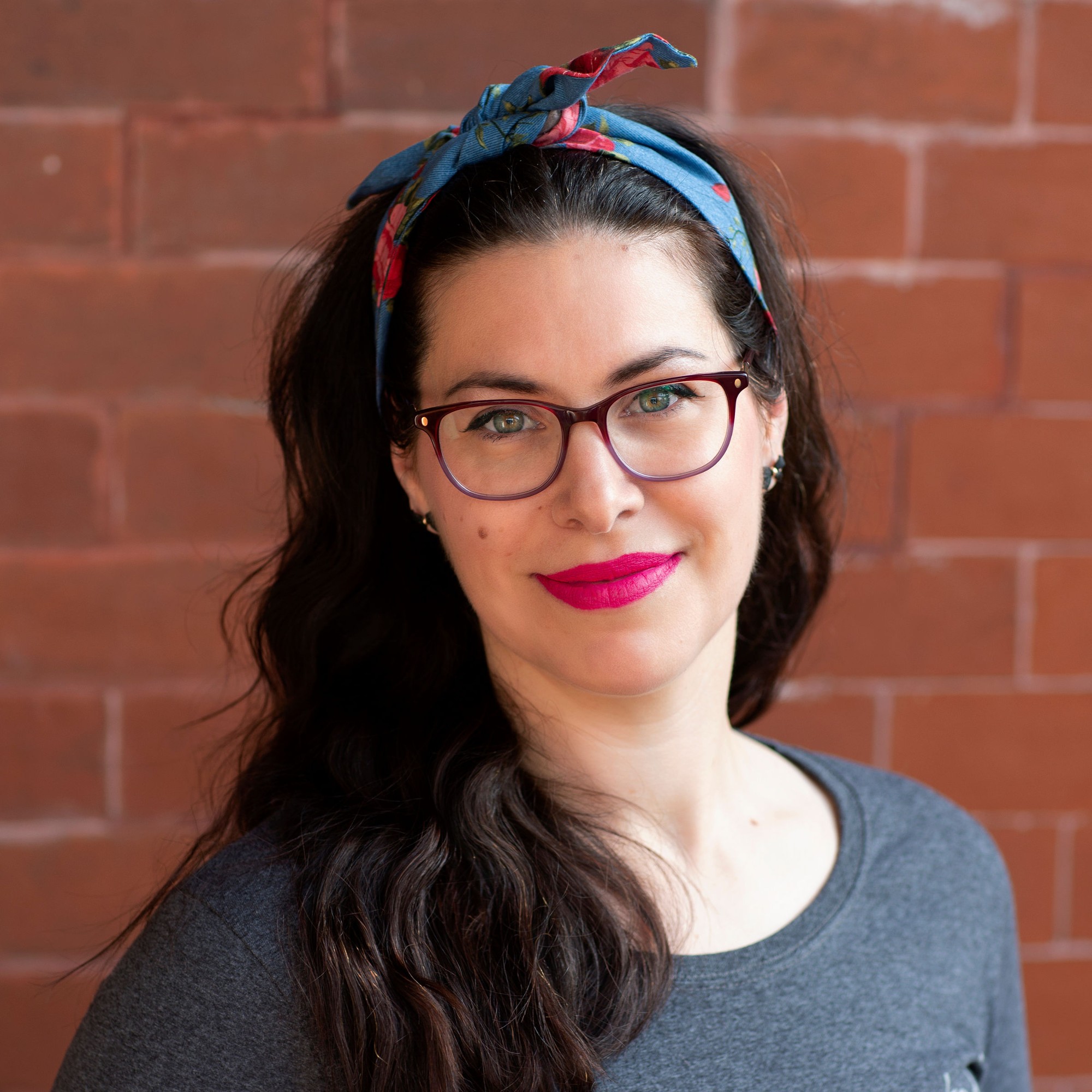
Siân is the owner of Sorted!, a Cheshire-based home and office decluttering and organising service, and the current President of APDO - the Association of Professional Declutterers and Organisers.
1. Install open shelving
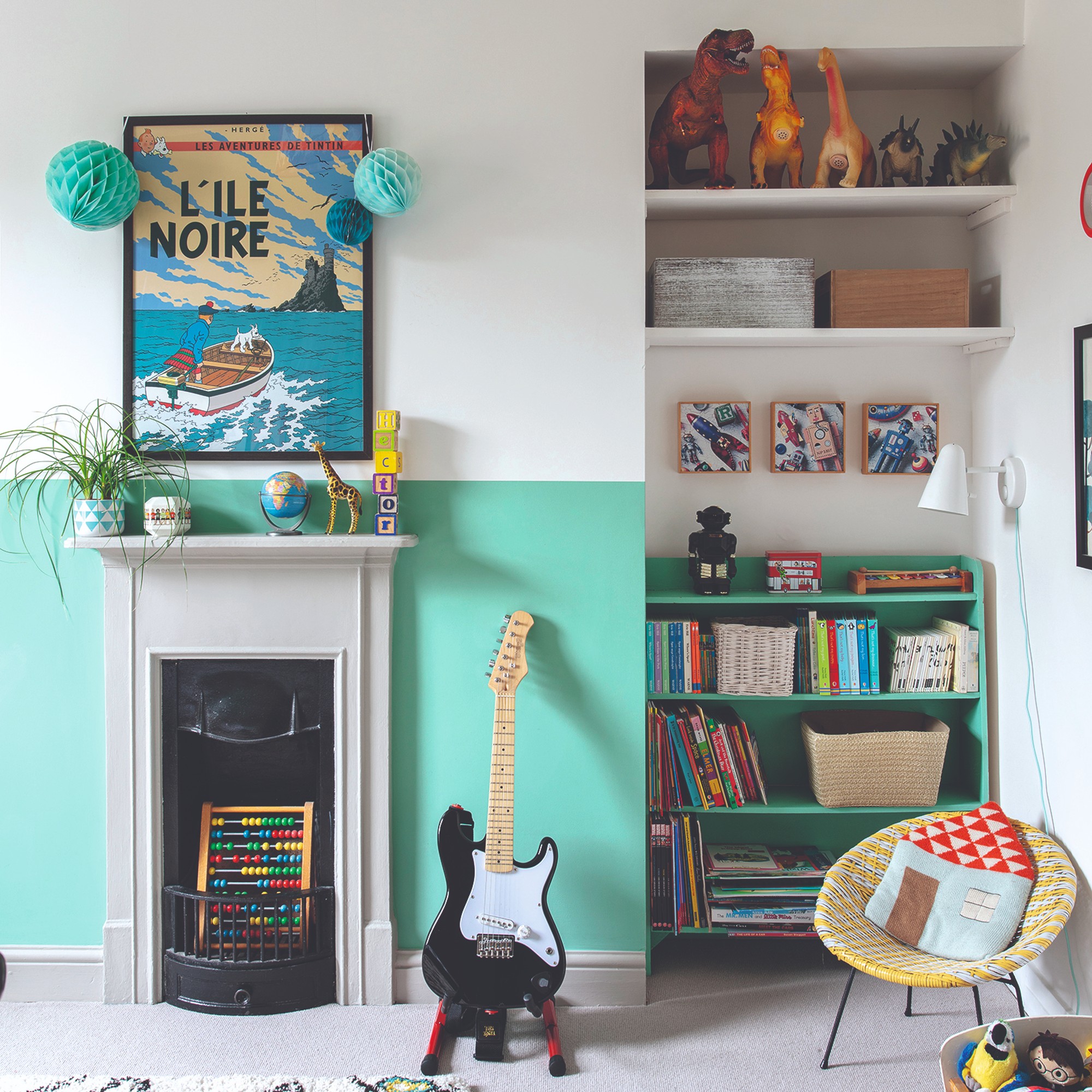
‘Shelving units with adjustable shelves can accommodate various toy sizes and keep them easily accessible,’ starts Alex Tolofson at Nöa & Nani.
Covering a wall with open shelving is an easy and fairly inexpensive storage solution that works for any room, playrooms included. But to avoid these from looking cluttered, we recommend adding some storage baskets and boxes and using these for your toy storage ideas.
‘Sometimes just being able to throw items into a container and not line them up is so much quicker and more practical – it can equally be just as fun emptying a basket out onto the floor to see what’s in it,’ Siân says.
On the other hand, clear storage containers are beneficial as you and your child will be able to tell exactly what’s inside without having to rummage. ‘Transparent boxes are ideal as you can easily see where certain toys are for when you, and your little one, are in a hurry,’ says Lynn Tjoeng, product manager at furniture brand, Stokke.
Get the Ideal Home Newsletter
Sign up to our newsletter for style and decor inspiration, house makeovers, project advice and more.
2. Keep like with like
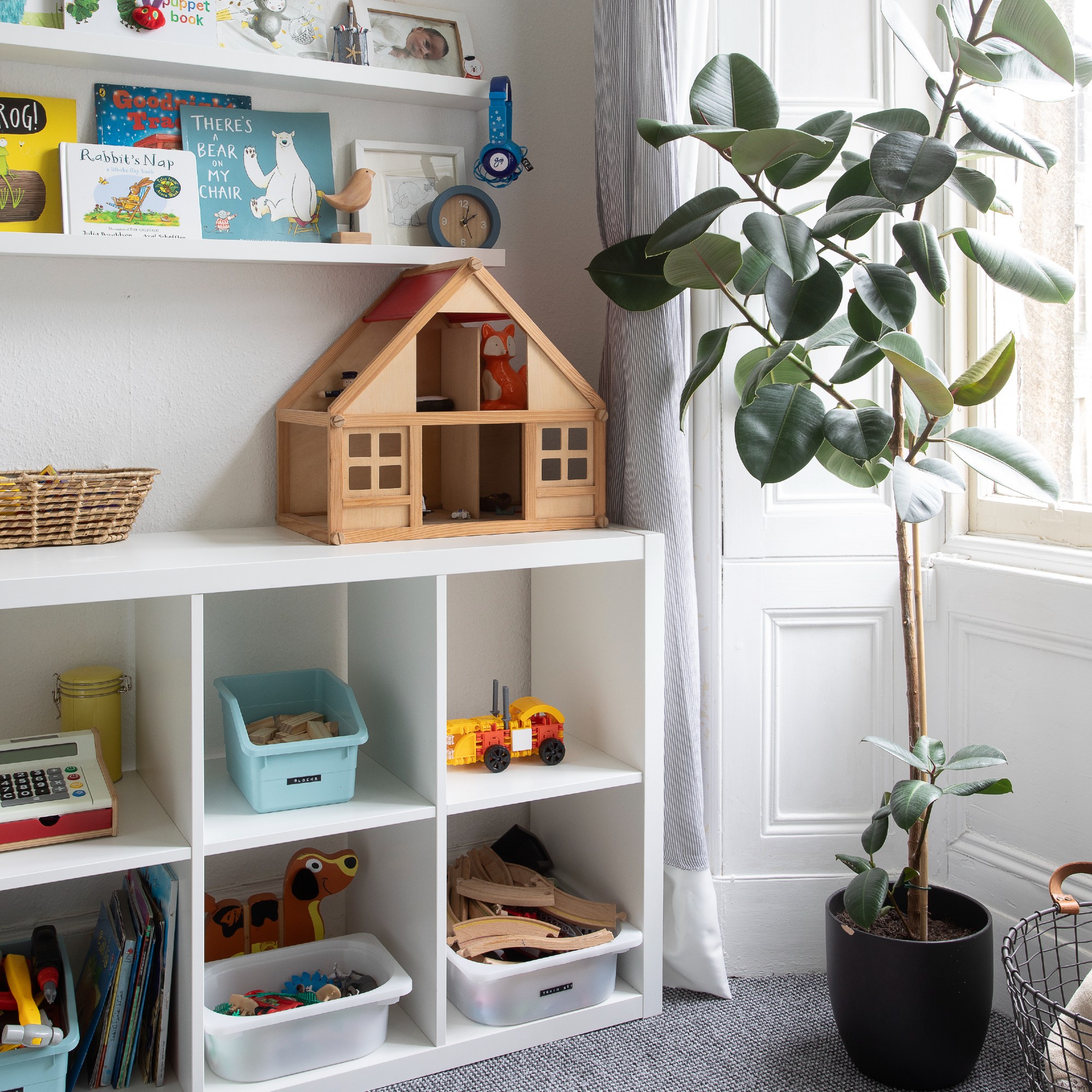
Grouping your kids’ toys together into baskets or boxes based on categories will make their playthings easier to find and access. It’s also helpful to label these to take the guesswork out of things.
‘Keeping like with like is important so that everyone knows where to find a particular item,' says Siân. 'Labels are a fabulous way to keep baskets, containers and shelves in check – you can use words or pictures depending on the age and need of the child using the space but do it with them as then they’re more likely to remember where items belong and can help direct where they should be kept.'
‘It’s a good idea to have sections for each type of toy,' agrees Lynn. 'For example, you might have a box for arts and crafts – and then a box for cars and trucks, a box for dolls and soft toys, and then a box for building blocks or LEGO. Think logically so it’s easy for you to find everything.’
3. Add a storage cupboard
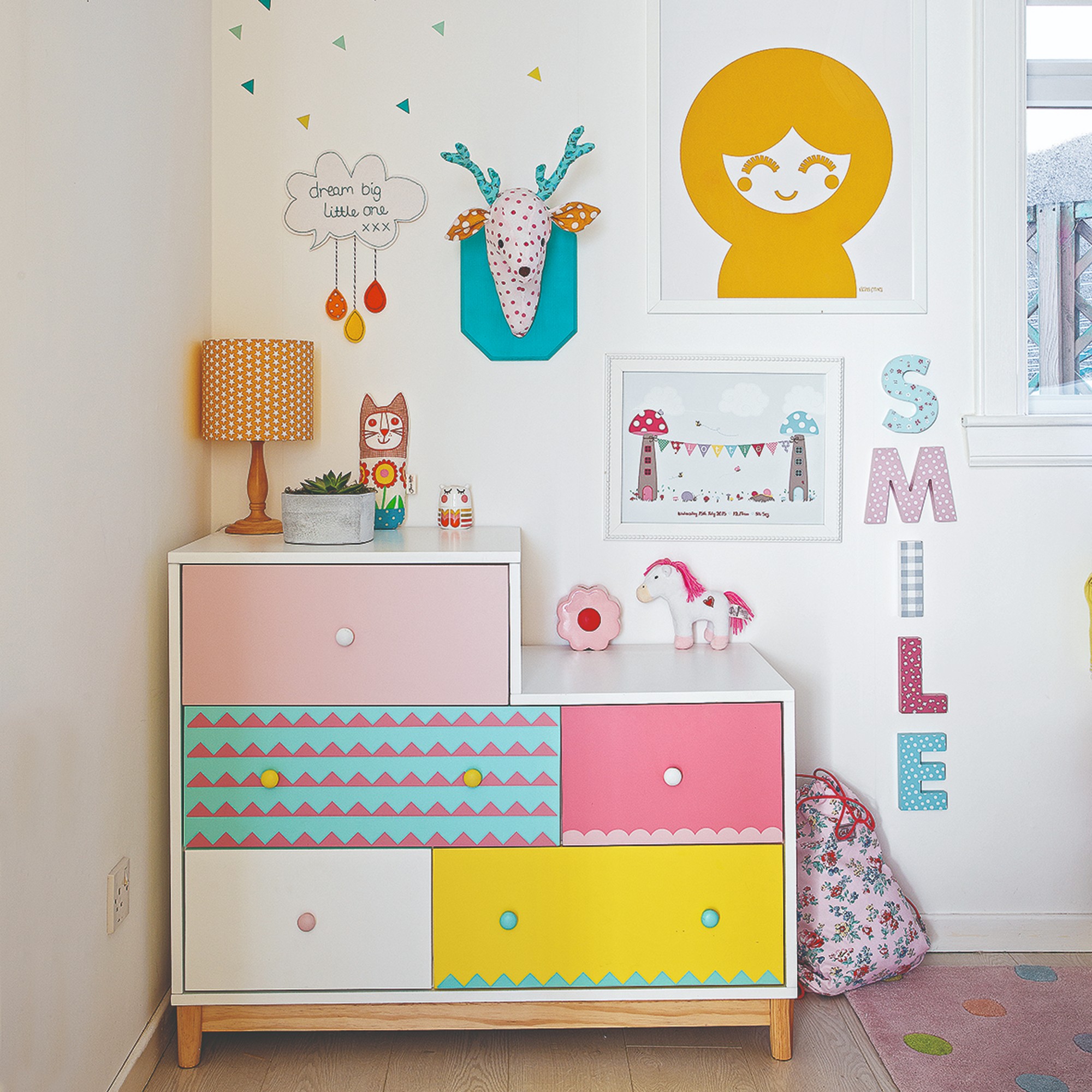
Adding one sizable storage cupboard is a must in our opinion as it’s the perfect hidden toy storage idea, concealing all of the little messes behind closed cupboard doors and drawers.
‘Storage cupboards are for those items that are on rotation from the main set of toys or you just don’t want to see out on show but still need access to,’ Siân says.
They are also very easy to access, both for you and your little ones which is exactly what you need when it comes to playroom storage. ‘We all know it’s extremely hard to keep a playroom tidy so use storage that is extremely easy to use,' advises Lynn.
'If it’s nice and simple to open and find things, your little ones will be more inclined not to make a huge mess when searching as they can quickly find the toys they’re looking for – and it will encourage them to put away their toys once they’re finished as they’ll know exactly where they belong.'
4. Create zoned areas
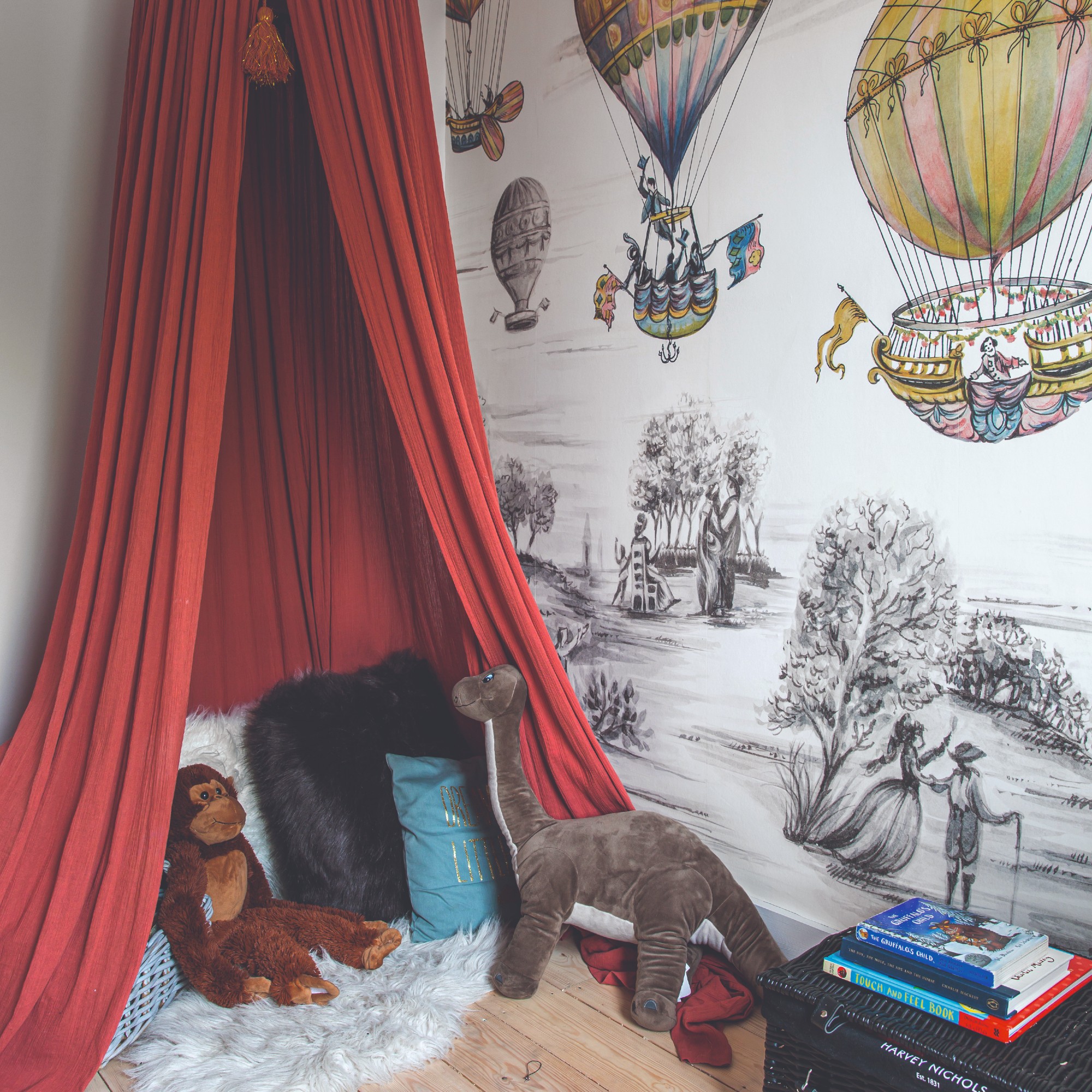
‘Designate specific areas for different activities, such as a reading nook, craft area, and active play space,' advises Alex. 'This organisation method ensures that toys are easily accessible and encourages children to play in a structured and tidy environment.'
Of course, that means that the toys that will be used and played with in that area need to be stored there or at least nearby.
‘It could be messy play in one area, reading zone in another – make sure items that belong to that zone are close by if not already in it,’ Siân recommends.
5. Go for moveable storage
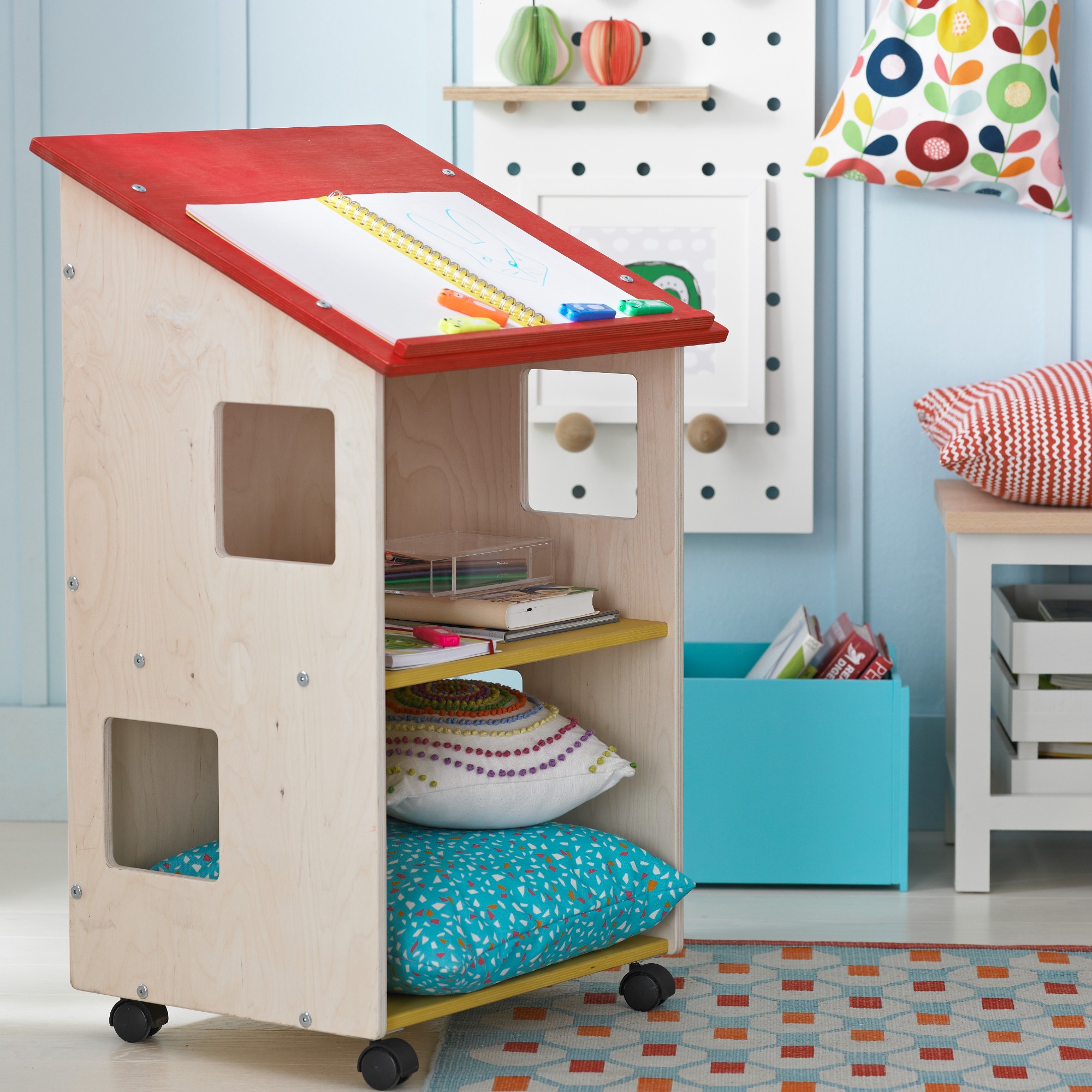
Certain toys and tools like arts and crafts might be put to use in different areas of the playroom and of the home as a whole. So it’s useful to keep these in a moveable storage unit or at least have the option to put them in one.
‘Rolling carts are great for items like crafting where the station may move from playroom to kitchen – keeps everything contained without having to take it all out,’ says professional organiser Siân.
6. Invest in multifunctional pieces of furniture
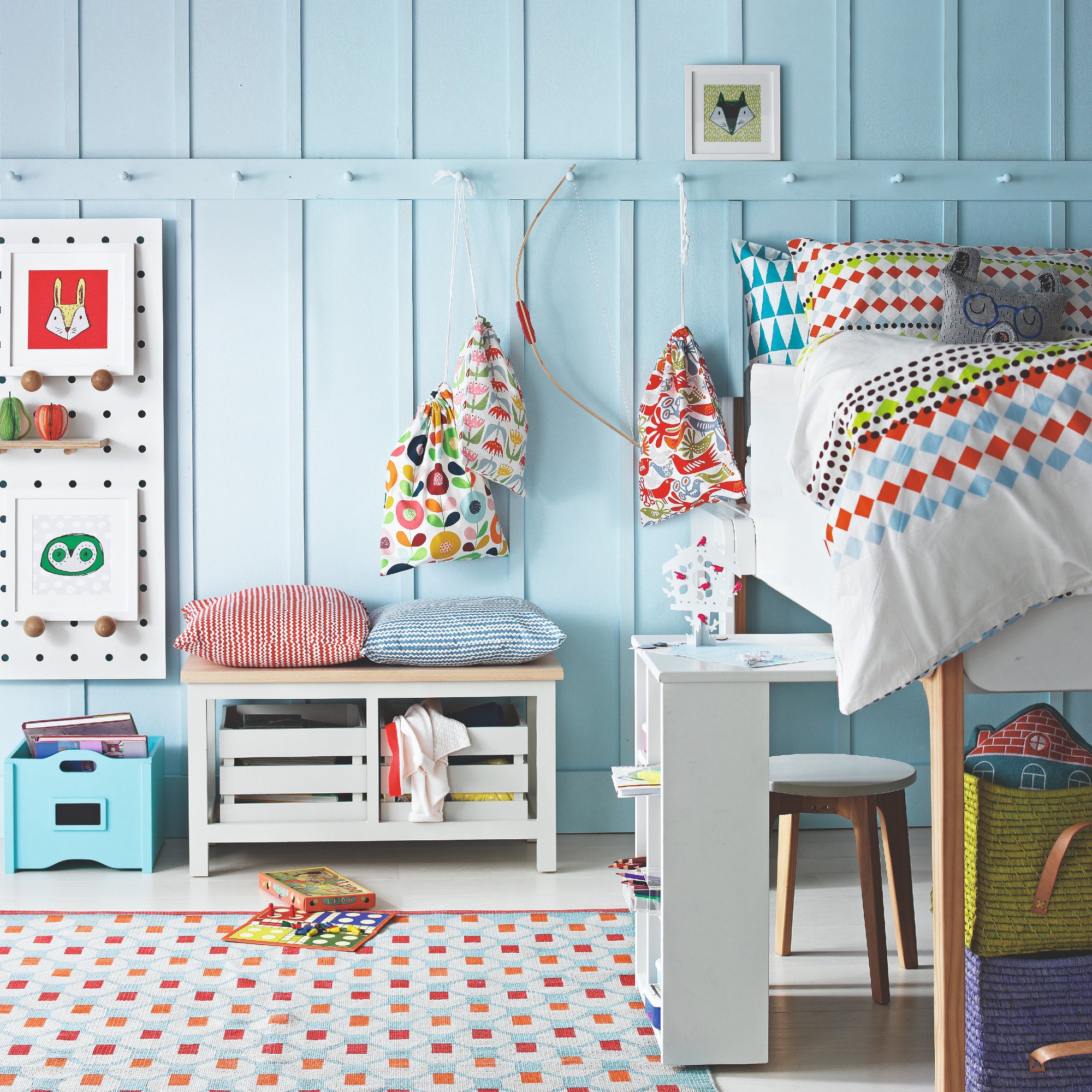
As we advise for toy storage ideas for small living rooms, multifunctional pieces of furniture are some of the best toy storage solutions for a playroom too.
‘Multi-functional furniture, such as storage ottomans or benches, provides seating and hidden storage. These storage types help keep the playroom organised, making it easier for children to find and put away their toys,’ Alex says.
7. Choose activity toys and play tables with built-in storage
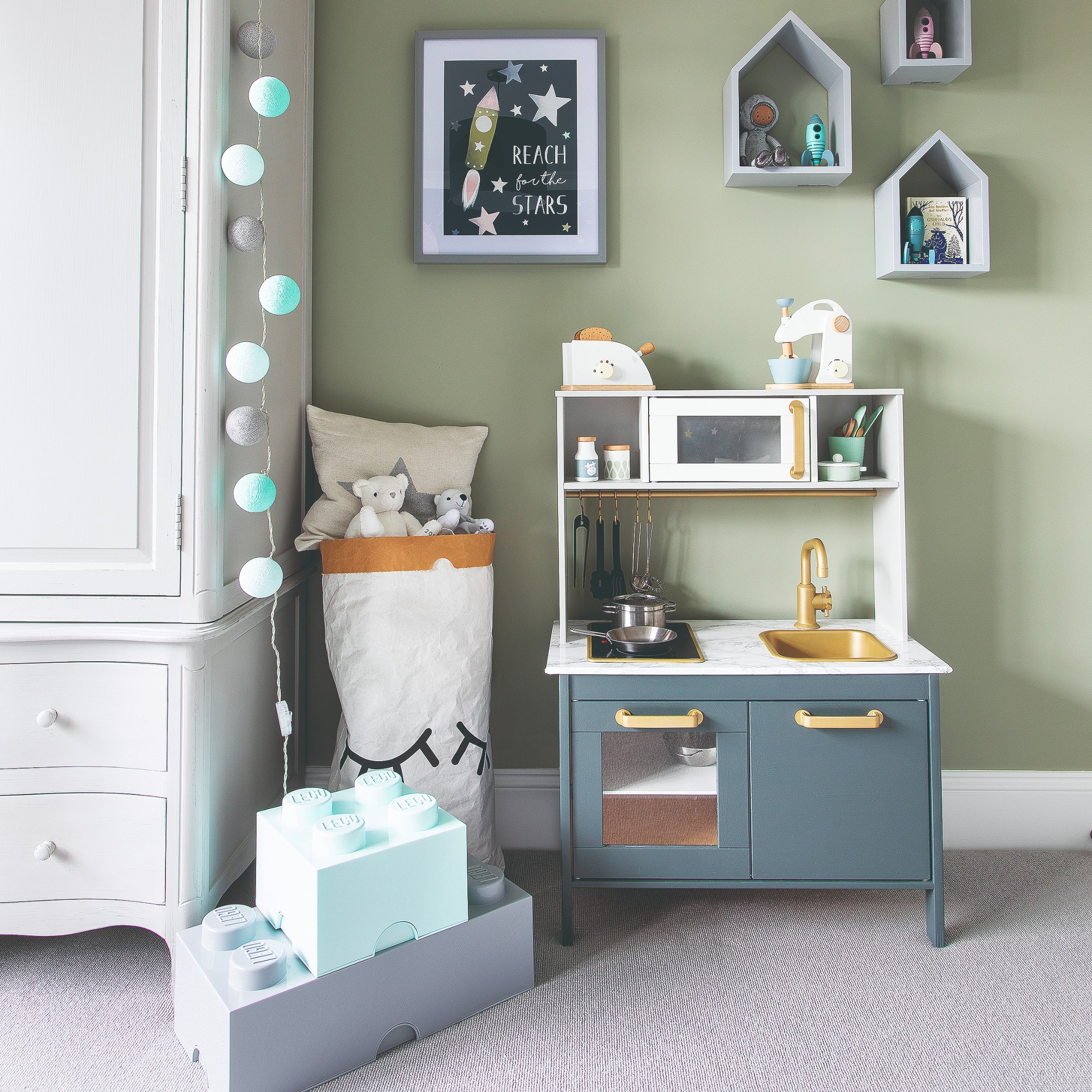
Traditional wooden toys are back in fashion. But why not go for a wooden activity toy that’s also fitted with built-in storage, whether that’s a toy kitchen or the Stokke MuTable kids’ play table which can be fitted with the brand’s storage bag?
‘It transforms depending on what your children want to play as it has three double-sided activity boards,' explains Lynn. Accessories for pieces like these can stimulate creativity and help children to learn through play.
8. Include a toy box
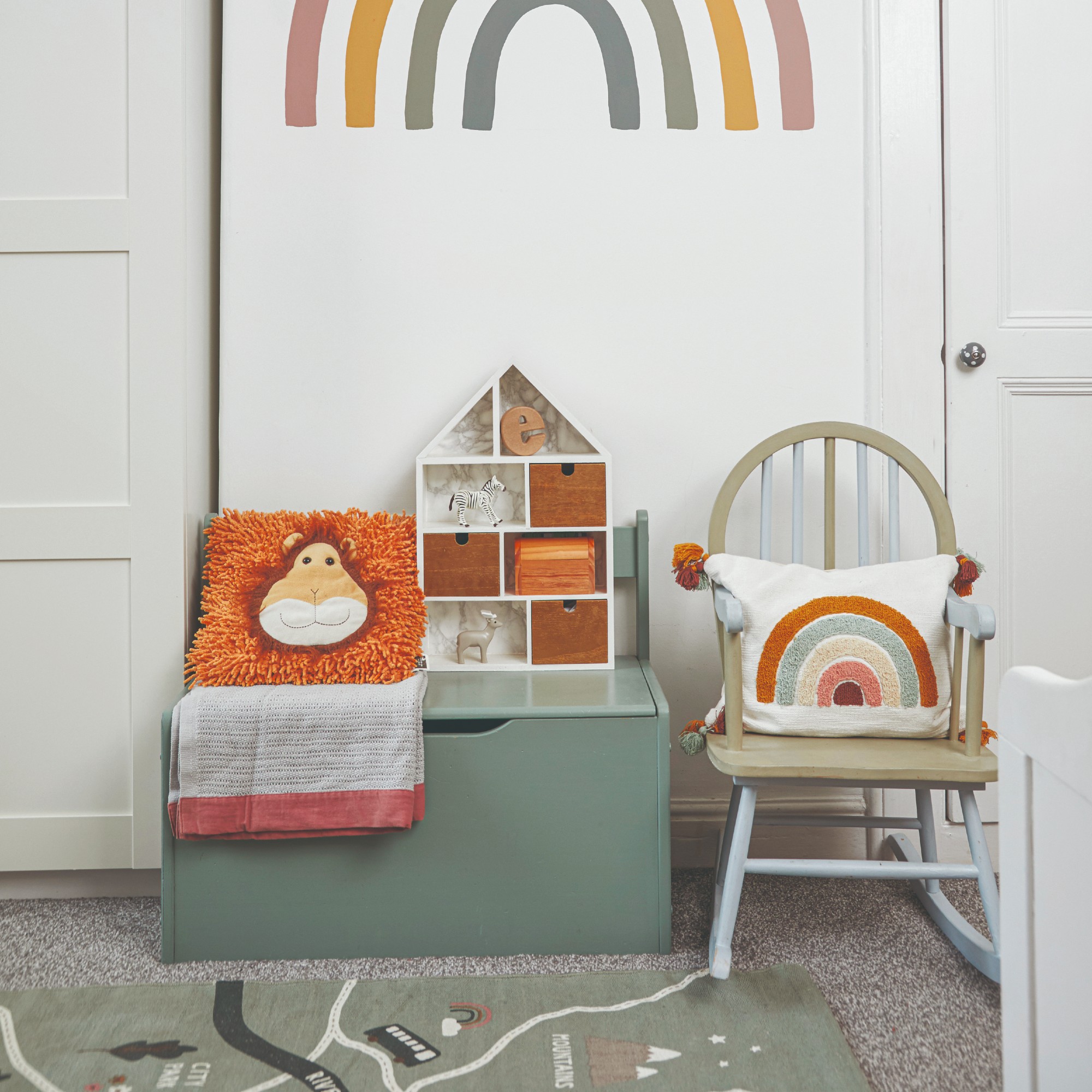
A toy box or chest is perfect for quick tidy up as all you (or your children) need to do is gather the toys that are scattered across the playroom floor and throw them in the box. Nice and easy.
‘Toy chests are great for larger items and help maintain a neat appearance,’ says Alex. The same goes for closed storage baskets and boxes. ‘Bins and baskets are perfect for quickly tidying up toys and can be easily moved around.'
Our top picks
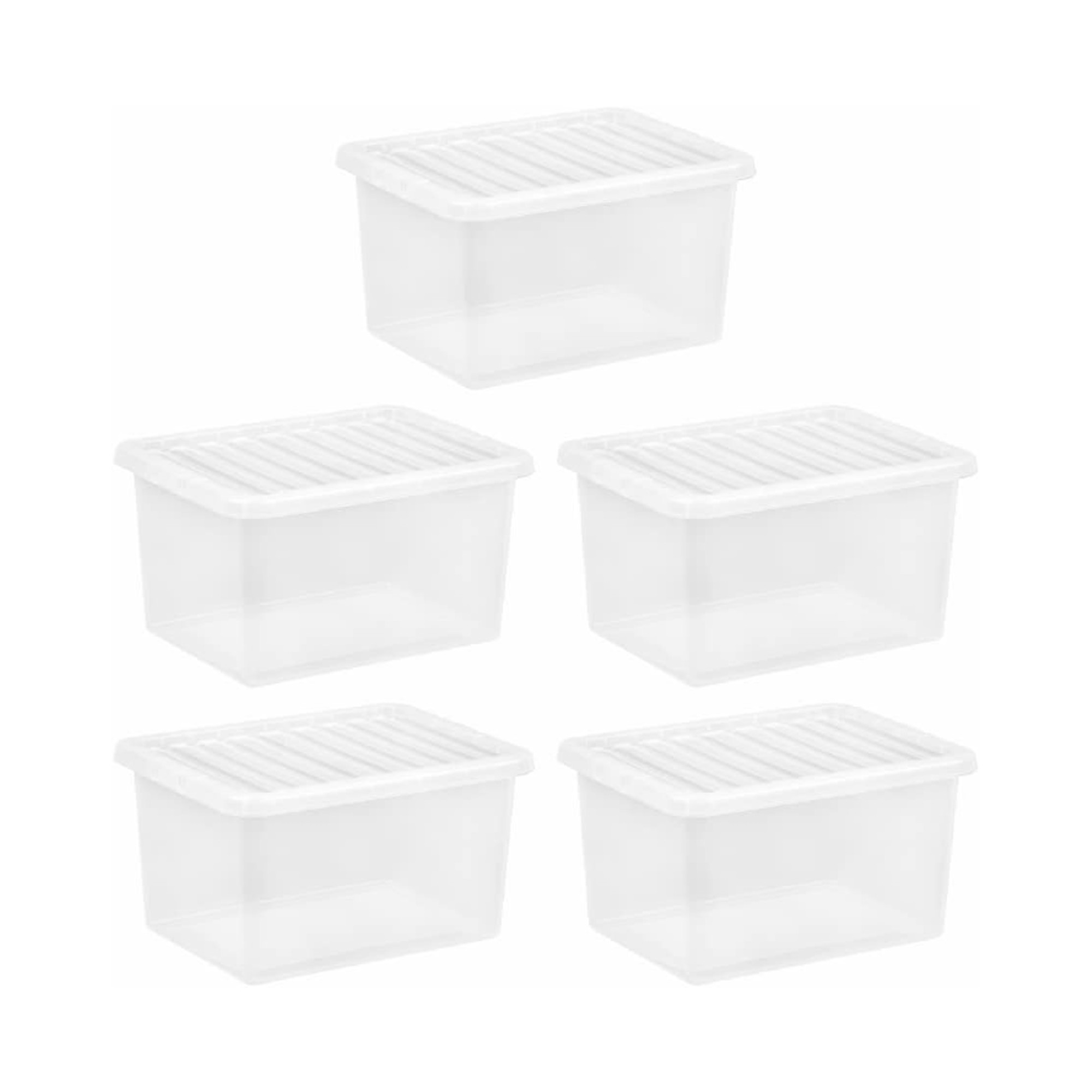
Clear boxes might not be the most chic storage solution but it is one of the most effective and efficient. And five boxes for £24 is a great deal. No wonder more than 700 units have been sold on Amazon in the last month.
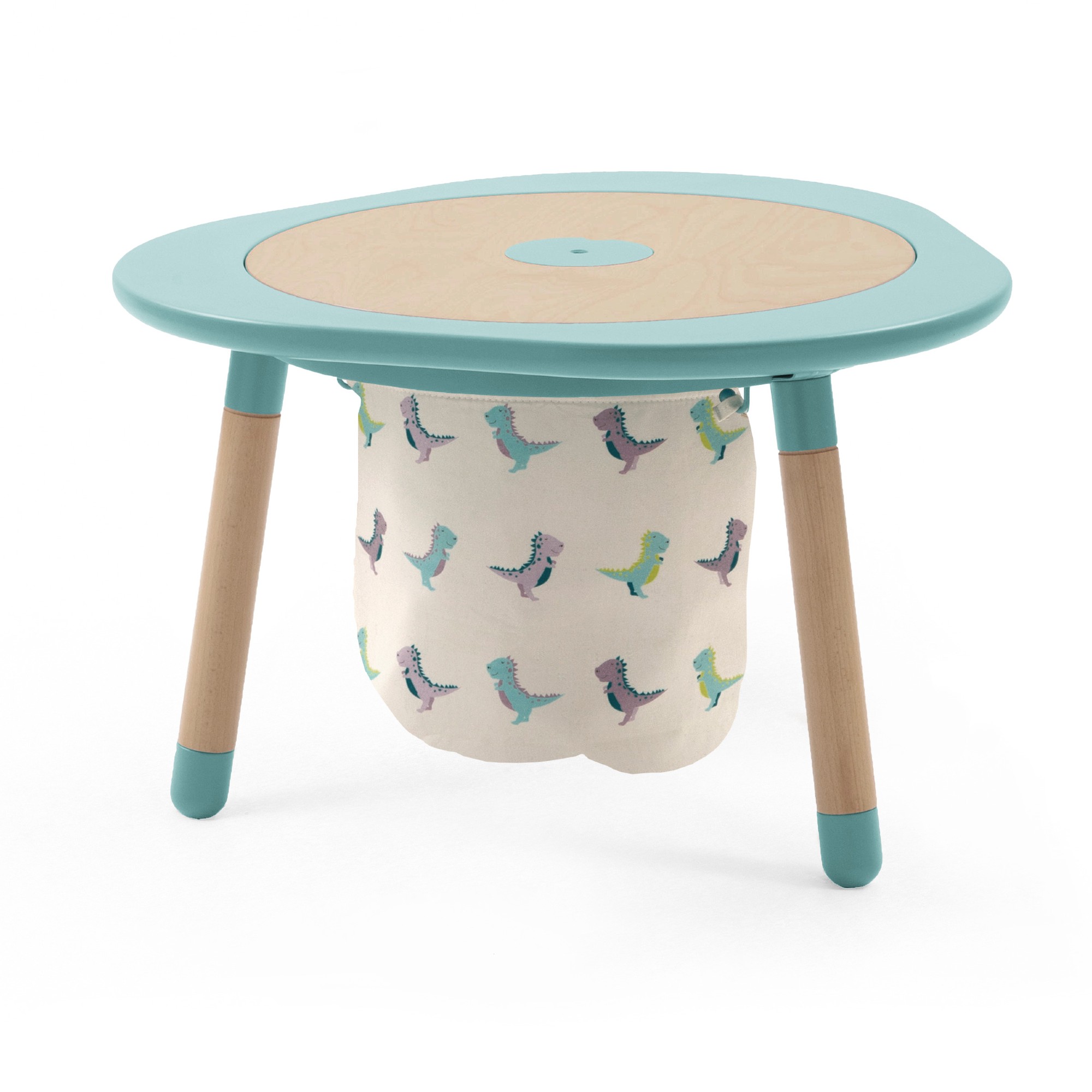
The Stokke MuTable is designed for creative play as it includes three different activity boards. And the brand designs multiple coordinating accessories, such as an attachable storage bag (pictured) for extra £25 so that a table that doubles as an activity toy can also triple as a storage unit.
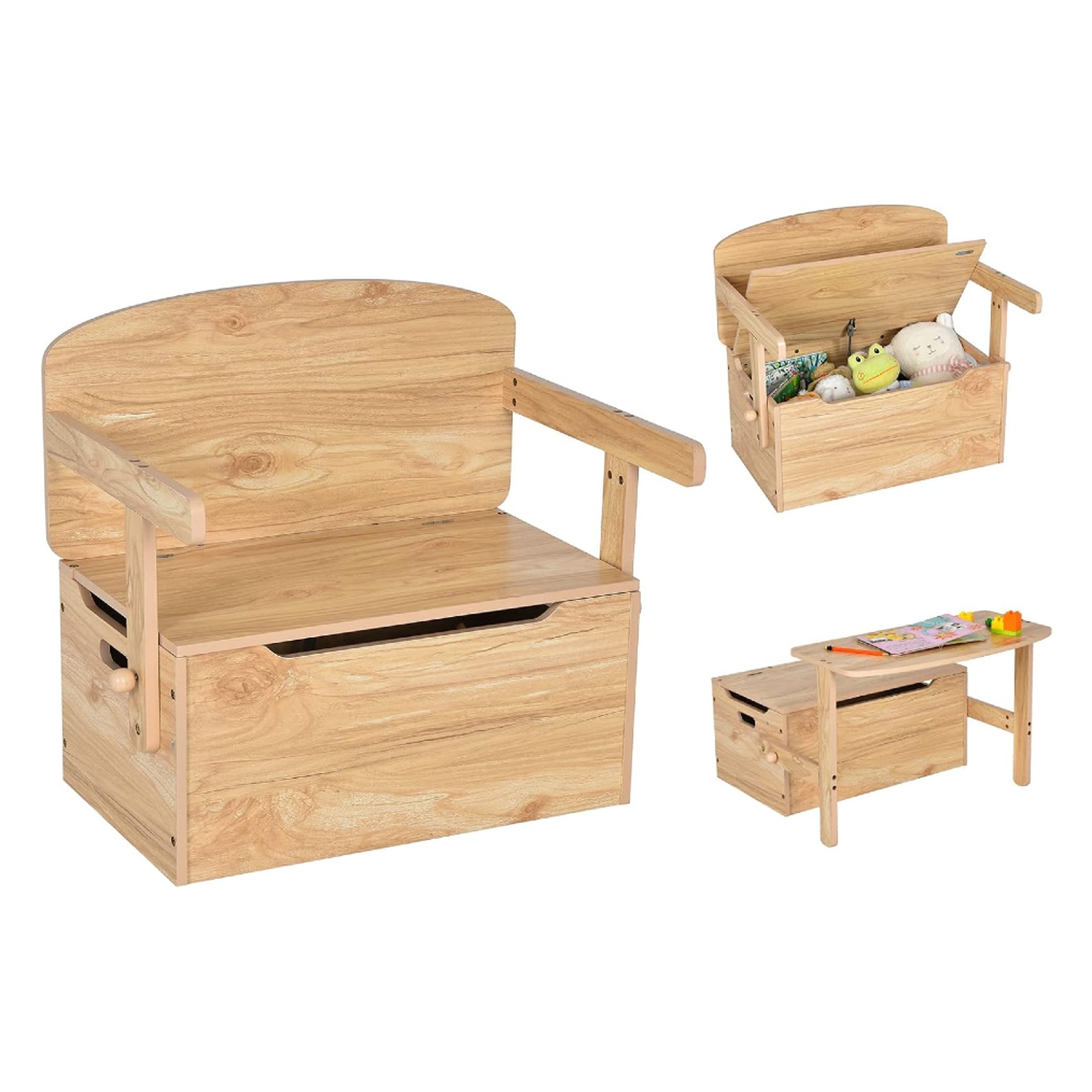
Multifunctional pieces of furniture are a must in a multipurpose space like a playroom. And we're particularly impressed with this versatile design from Amazon which combines a bench, storage chest and a desk and chair set.
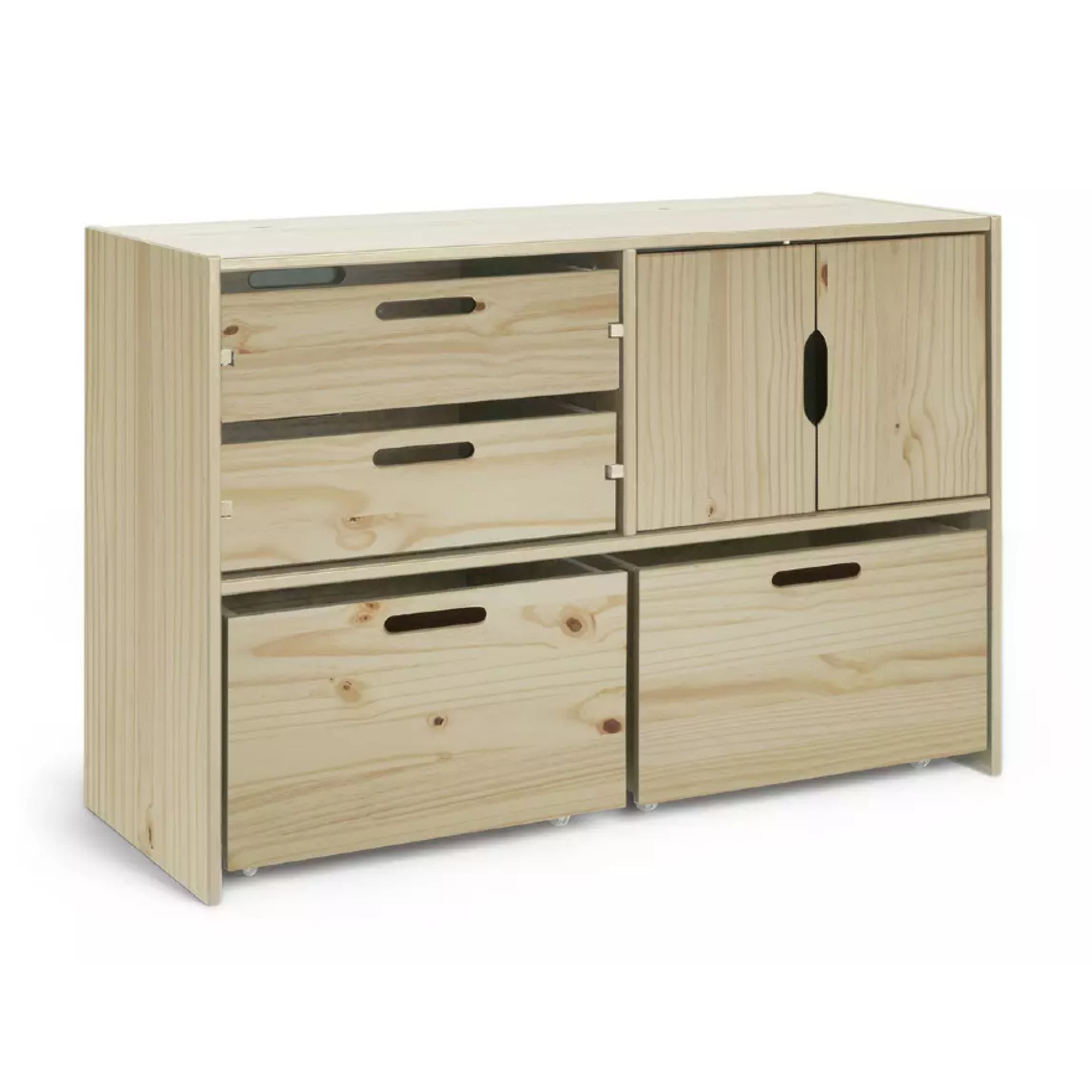
When it comes to a storage cupboard for your children's playroom, it doesn't necessarily have to be a specially designed piece. But if you are after one like that, we're very impressed by this Habitat kids storage unit that's only £95.
FAQs
How to make a playroom look less cluttered?
There are several ways to make a playroom look uncluttered. Minimising the number of toys is key which you can achieve through toy rotation. But clever toy storage solutions are also a must.
‘To make a playroom look less cluttered, use closed storage like cabinets and bins with lids to hide toys and maintain a tidy appearance,’ says Alex Tolofson from Nöa & Nani. ‘Limit the number of visible toys by displaying only a few favourites and storing the rest out of sight.’
Siân Pelleschi, owner of Sorted! and APDO president, adds, ‘Ideally, to keep children interested, having less on show is better and toy rotation is really good to keep the interest in all toys alive.’
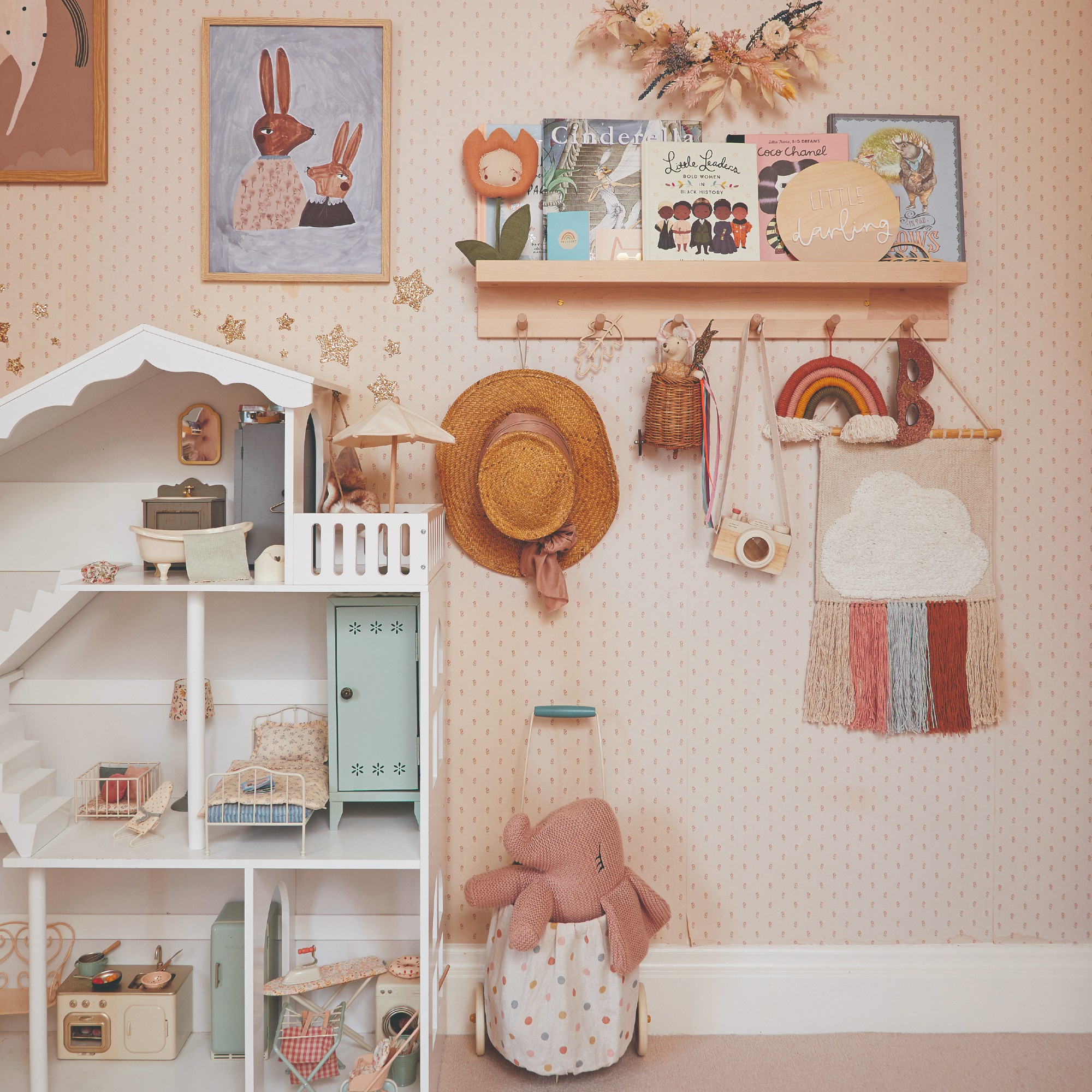
How do you store a lot of toys in a small space?
When space is lacking, the best thing to do is to take advantage of underutilised areas. And the vertical space of a room usually falls into this category.
‘Being clever with your space design is key when you’re working with a small space – the use of vertical spaces, multi-functional furniture, stackable storage solutions with easy access, spaces you don’t see (like the back of doors) and cupboard space is key if you want to store more but have less space,’ says professional organiser Siân Pelleschi.
So say goodbye to the unruly mess in your kids’ playroom and hello to organised toy storage instead.

Sara Hesikova has been a Content Editor at Ideal Home since June 2024, starting at the title as a News Writer in July 2023. She is now also the Ideal Home Certified Expert in Training on Furniture, and so far has tested 80 different sofas.
Graduating from London College of Fashion with a bachelor’s degree in fashion journalism in 2016, she got her start in niche fashion and lifestyle magazines like Glass and Alvar as a writer and editor before making the leap into interiors, working with the likes of 91 Magazine and copywriting for luxury bed linen brand Yves Delorme among others.
-
 Will a conservatory add value to your home and how can you maximise it?
Will a conservatory add value to your home and how can you maximise it?This is what the pros say
By Amy Reeves
-
 I’ve been looking for a new signature scent for my home and The White Company's new fragrance is the exact summer holiday smell I needed
I’ve been looking for a new signature scent for my home and The White Company's new fragrance is the exact summer holiday smell I neededSantorini smells fresh, summery and sophisticated
By Kezia Reynolds
-
 How to remove algae from garden walls in five steps – and the cleaning product experts rave about for tackling it fast
How to remove algae from garden walls in five steps – and the cleaning product experts rave about for tackling it fastExperts share their top tips for getting garden walls algae-free
By Katie Sims
-
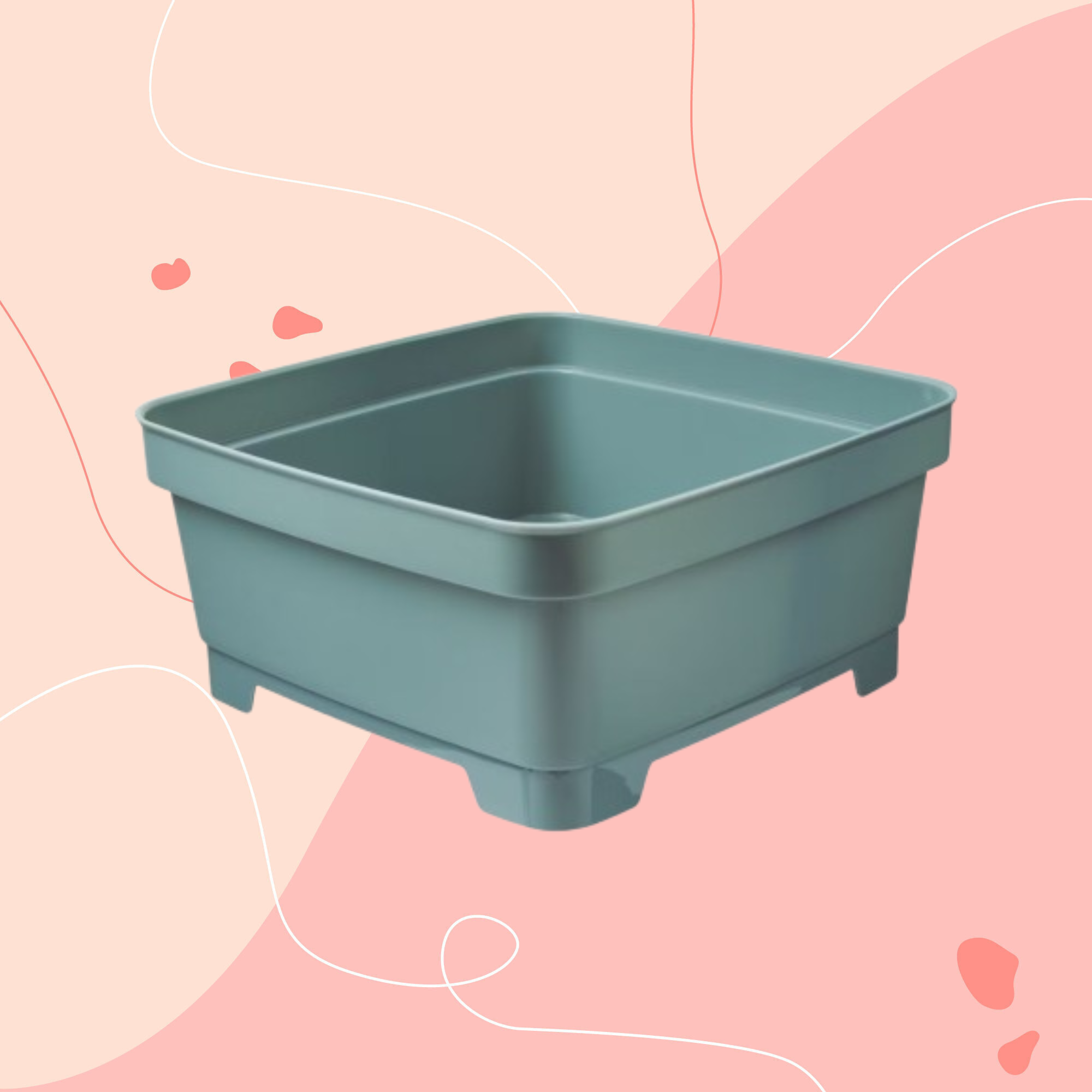 Aldi is releasing a budget alternative to the cult Joseph Joseph washing up bowl – it’s just £4.99
Aldi is releasing a budget alternative to the cult Joseph Joseph washing up bowl – it’s just £4.99The Joseph Joseph washing up bowl is an Ideal Home favourite - now we can't wait to try Aldi's alternative
By Kezia Reynolds
-
 I just bought my first home, and this £10 buy was the very first thing I bought for it to make it feel warmer and secure
I just bought my first home, and this £10 buy was the very first thing I bought for it to make it feel warmer and secureIf I did it all again, this would still be my very first buy
By Rebecca Knight
-
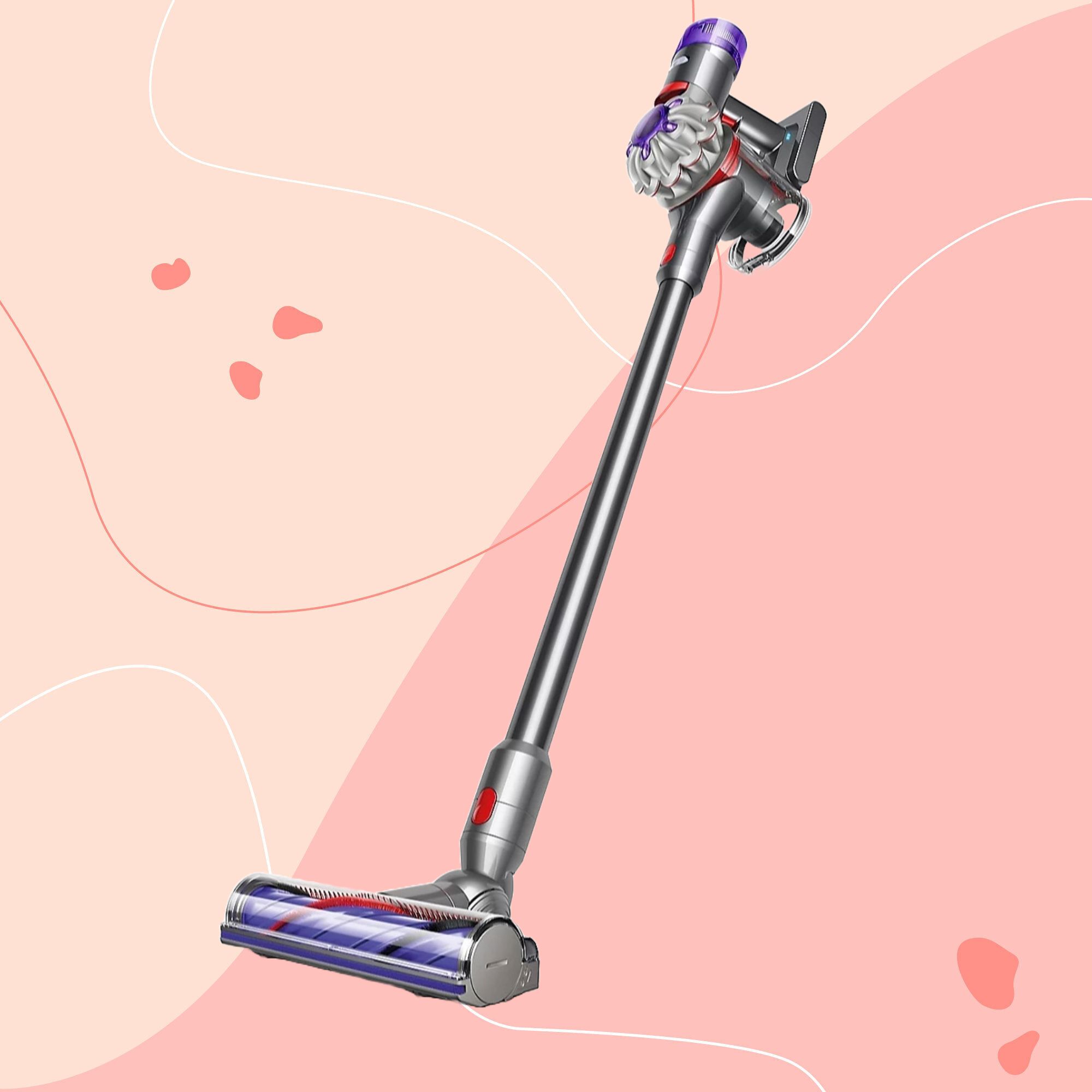 It’s normally impossible to find a Dyson vacuum for under £250 — but QVC has slashed the price of their bestselling models for a limited time
It’s normally impossible to find a Dyson vacuum for under £250 — but QVC has slashed the price of their bestselling models for a limited timeRun don’t walk to pick up the brand’s bestselling model for under £230 before it sells out
By Lauren Bradbury
-
 Catherine Zeta-Jones has revealed the cleaning product she swears by to keep her home fresh - and it’s just £8 on Amazon
Catherine Zeta-Jones has revealed the cleaning product she swears by to keep her home fresh - and it’s just £8 on Amazon'I use it on my counters. I use it on my walls. I use it on my doors. When I smell it, I know my house is clean.'
By Kezia Reynolds
-
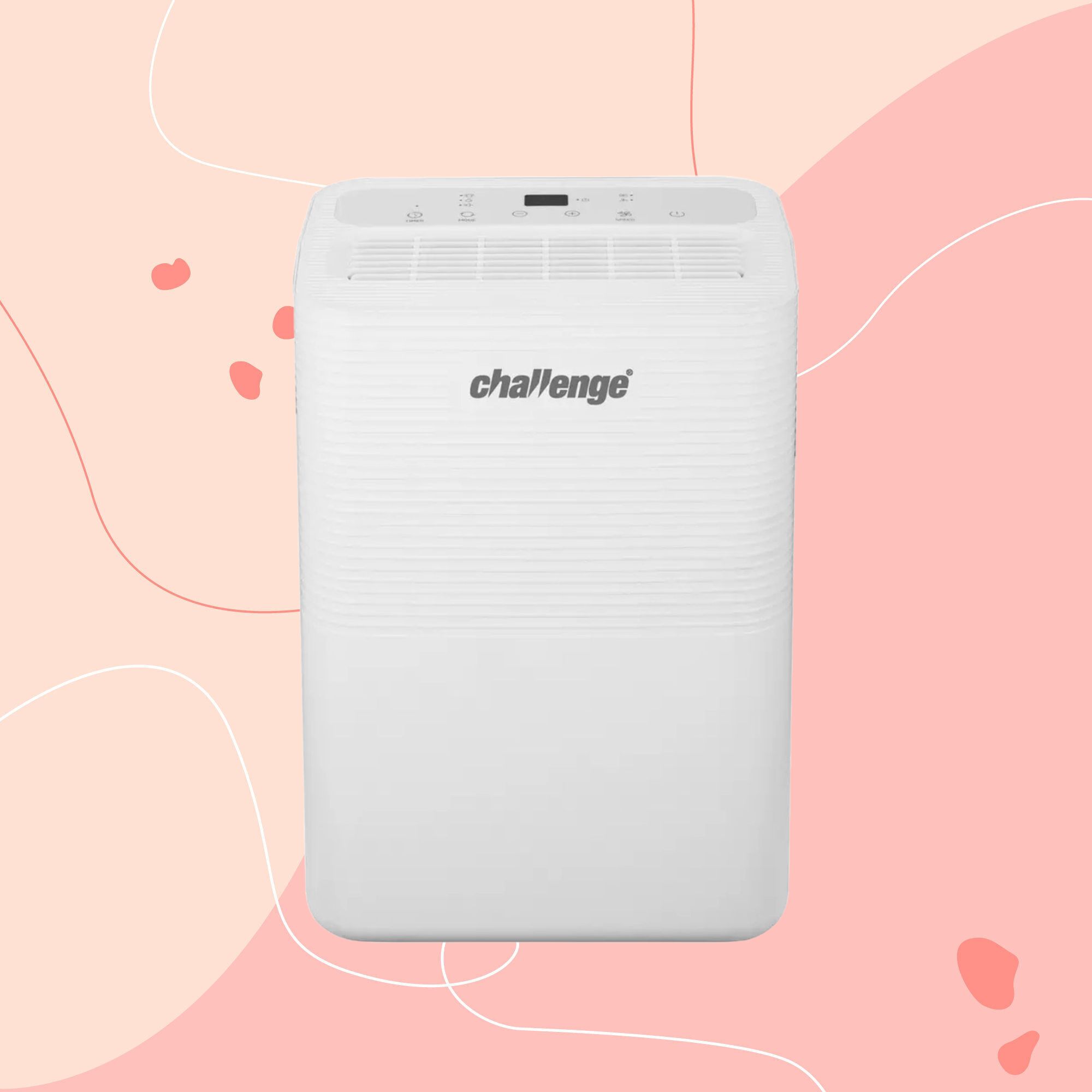 I tested the 12L Challenge dehumidifier in my damp Victorian home over winter — I haven’t spotted any signs of mould for the first time in five years
I tested the 12L Challenge dehumidifier in my damp Victorian home over winter — I haven’t spotted any signs of mould for the first time in five yearsThe Challenge 12L dehumidifier doesn’t have too many bells and whistles, but I can already see the difference it’s made to my damp home
By Lauren Bradbury
-
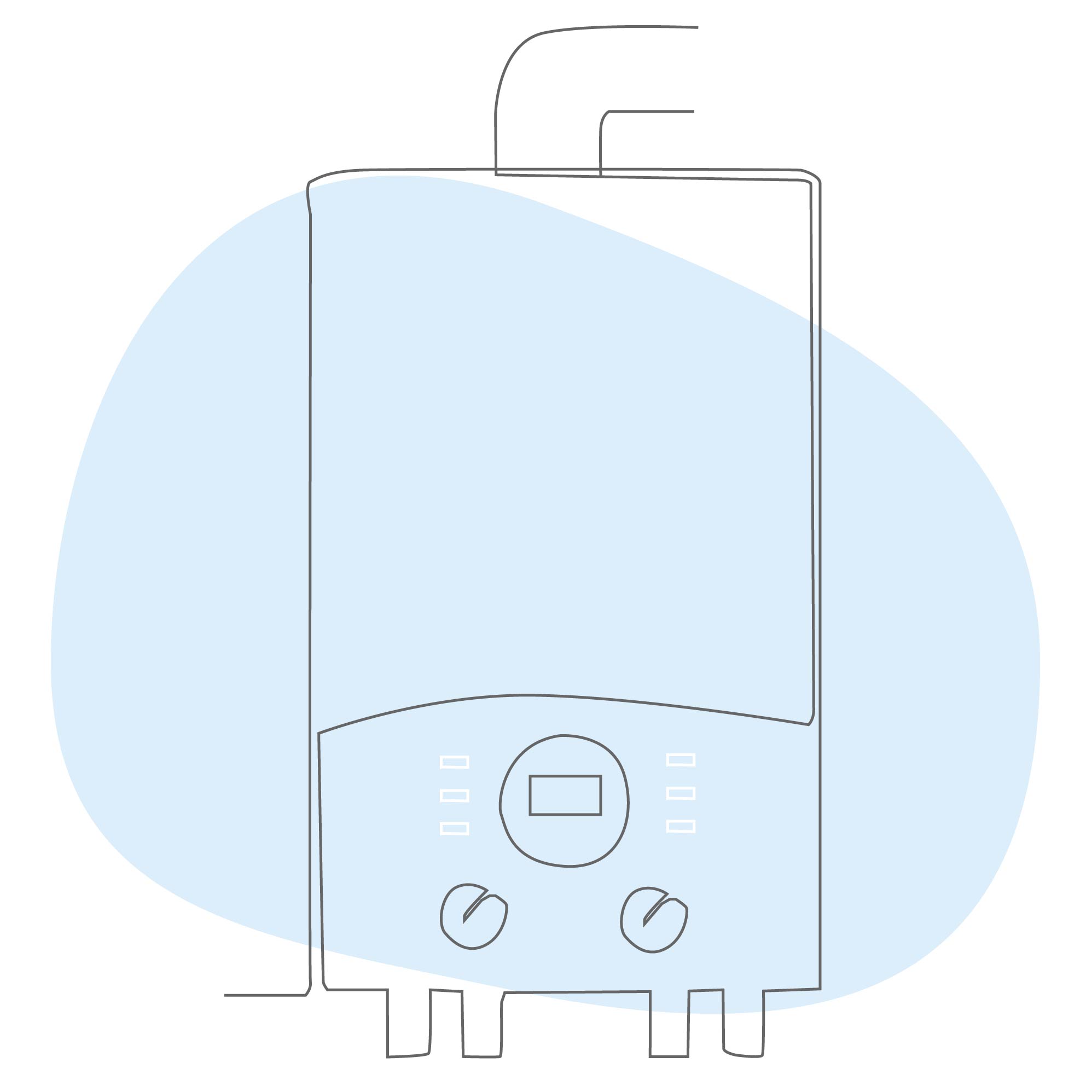 What is boiler flow temperature? Heating experts urge you to check yours now as you could be overpaying on your energy bills
What is boiler flow temperature? Heating experts urge you to check yours now as you could be overpaying on your energy billsTurning this little-known number down just a few degrees can result in some serious savings
By Lauren Bradbury
-
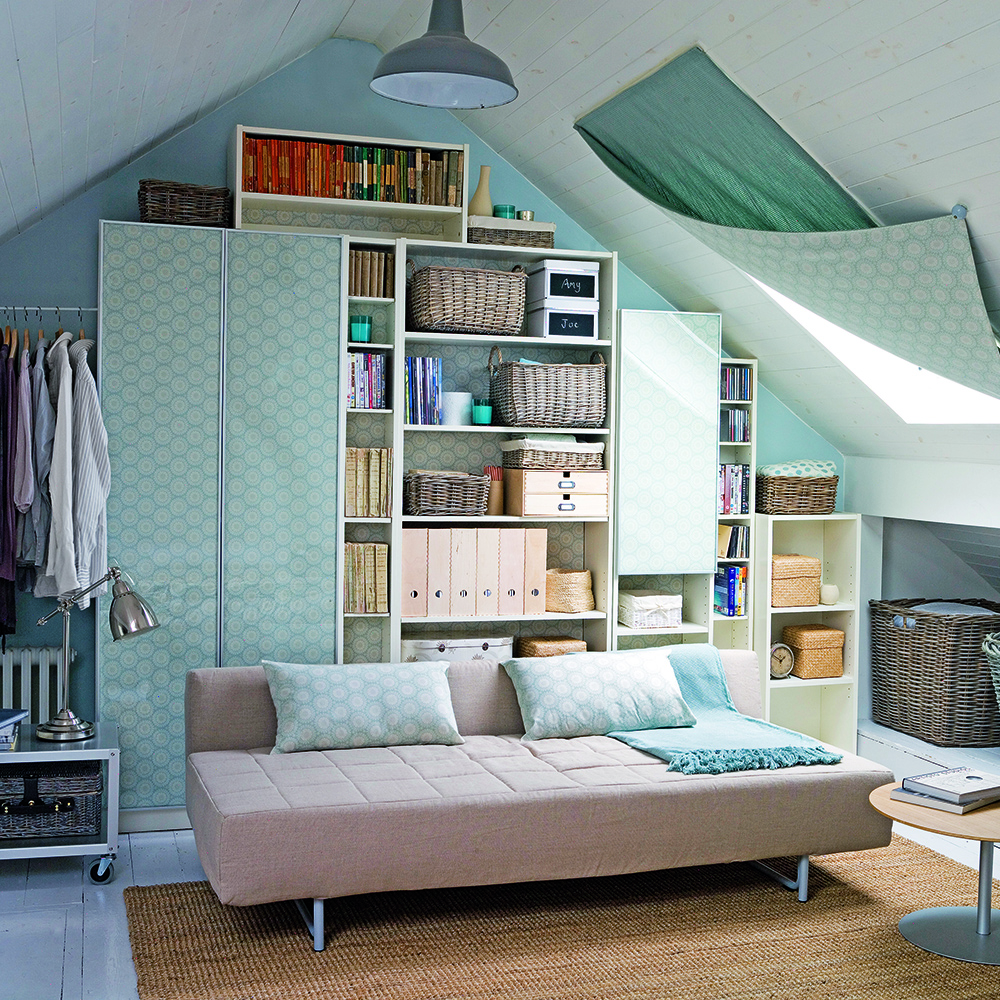 Stacey Solomon has shared 5 nifty wardrobe storage hacks to make getting ready in the morning easier — and they're genius
Stacey Solomon has shared 5 nifty wardrobe storage hacks to make getting ready in the morning easier — and they're geniusThese five wardrobe storage hacks are a gamechanger
By Katie Sims
-
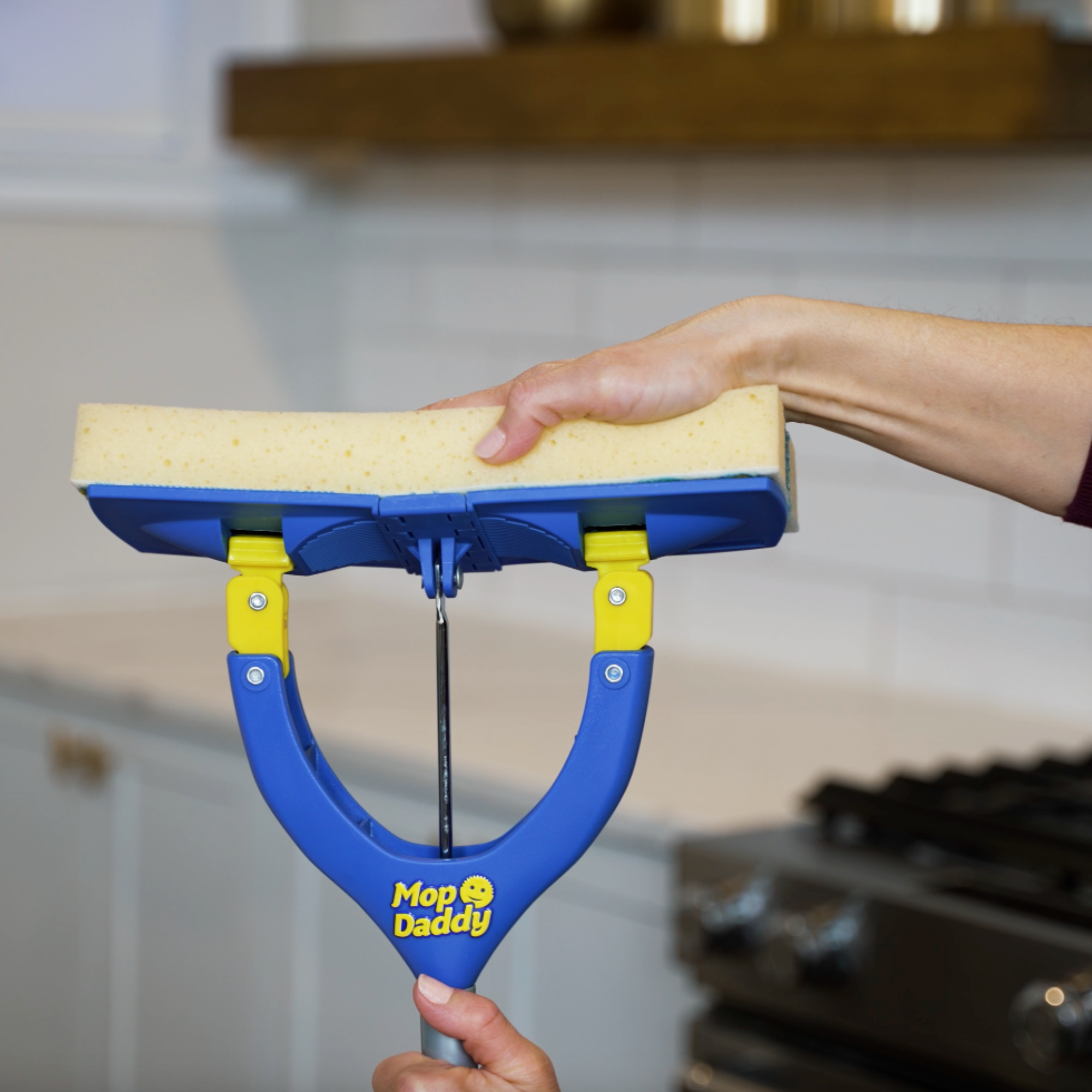 Cult cleaning brand Scrub Daddy has just launched a brand new butterfly mop — could it be the ultimate solution for banishing stubborn marks on your floor?
Cult cleaning brand Scrub Daddy has just launched a brand new butterfly mop — could it be the ultimate solution for banishing stubborn marks on your floor?We're obsessed with all things Scrub Daddy
By Kezia Reynolds
